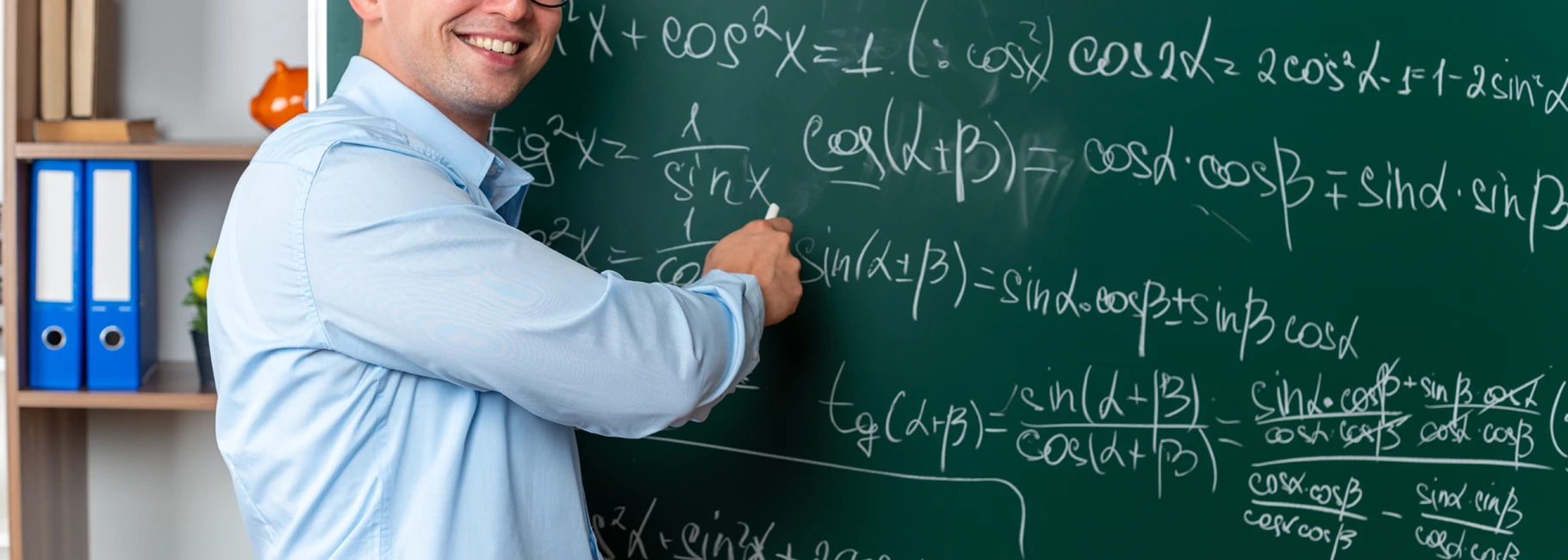By Carl R., IvyWise Master Tutor
The math sections of the ACT and SAT can be a challenge for many students, especially those who tend to struggle in these subject areas. However, there is good news for students who are looking to improve their math scores on these standardized tests: by mastering a few easy concepts you can be well on your way to reaching your goal scores.
I have always considered the math sections of the SAT and the ACT to be completely games of skill. That is to say, knowledge of math, while important, is not the be-all-end-all in this test. Strong test-takers are able to notice patterns in all of these sections. There are a limited number of question types in the ACT and the SAT, and these priorities are designed to maximize a student’s understanding of each of them. Here are five math concepts that students need to master for the ACT and SAT in order to have the best chance of reaching their goal scores.
How to Make SAT and ACT Word Problems into Equations
Both the SAT and the ACT are notorious for having long-winded word problems. Many of these words are superfluous and intentionally dense, so it is up to the student to pick up on text hints. The first thing to consider is, “what am I solving for?” Whatever this item is, that should be your variable. Here is an example. Say a word problem poses the following question:
Mark and Susan both take a math test. Mark scored six points higher than Susan. Their combined score is 180. What did Susan score on the test?
Now, it is clear from the question that we are solving for Susan’s test score, which we will refer to as the variable “s.” Naturally, Mark’s test score will be referred to by the variable “m.” We will now use the information given to write two equations, which we will use to solve for “s.” Since their combined score is 180, we can translate this into the equation “m + s = 180.” The previous sentence can be translated as “m = s + 6.” We then use substitution to solve for s, combining the two equations into “s + s + 6 = 180.” s = 87. Problem solved!
SAT and ACT Ratios and Proportions
This specific skill is probably the most useful in both the SAT and the ACT, because so many problems can be solved using proportions! Percentage problems (always a proportion of 100!), arcs and sectors of circles, right triangle trigonometry and law of sines, similar triangles (and other polygons), and the changing of units of measurement ALL employ proportions. The key skill here is that of cross multiplying. It is quite a simple concept: if you have two fractions that equal each other (a proportion), the numerator of the left side multiplied by the denominator of the right side equals the denominator of the left side multiplied by the numerator of the right side. Voila!
SAT and ACT Functions
This skill is especially useful in the SAT, because this test is explicit with sample functions, but it is quite necessary in the ACT as well. A great test-taker will know linear functions, quadratic functions, and exponential functions back and forth. The biggie here is linear functions. These are often presented in either standard form or slope-intercept form. You should not only know how to determine slope and y-intercept, but you should always have a good idea of what these constants mean in context of a word problem. For example, the slope is always a form of rate of change, or price if it’s some sort of cost problem. The y-intercept will often be a starting point or a starting cost or flat rate.
SAT Geometry Formulas
Yes, yes, I know that these formulas are given to you at the beginning of the SAT, but these are just a few of the ones you’ll need! Every geometry problem is an opportunity for you to write down a formula (be it area, circumference, volume, internal angles of a polygon, etc.). These often difficult questions can be an exercise in plugging in values into a formula, which brings us to our last concept…
When to Plug in an Answer on the SAT and ACT
This skill is most useful when a calculator is handy, but there are many questions where it is in your best interest to plug in your own value for a variable and check each answer. There are two things you will look for. First, the answer choices must have the variable present. Second, the question will usually have a restriction or parameter for the variable. For example, the question will start with something like “If x > 3, then…” You should take that as a hint to plug whatever you want in for x (so long as it’s greater than 3!).
Mastering the math sections of the ACT and SAT takes practice, but it can be done! If you’re struggling with math on your standardized tests, or any other section, contact us today for more information on our test prep services. Our team of expert tutors can help identify areas of improvement and develop a customized test prep plan to help you ace the SAT or ACT.




